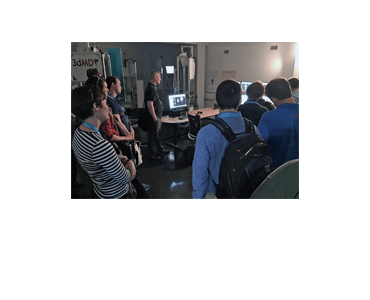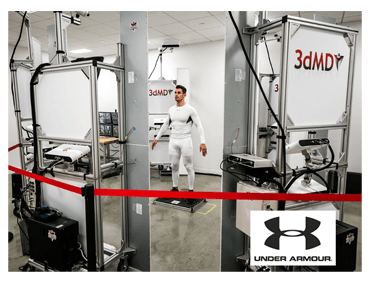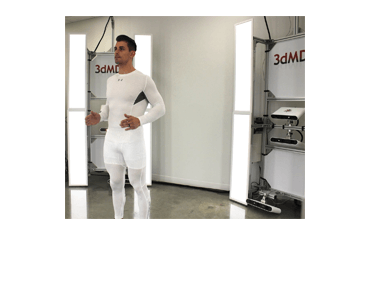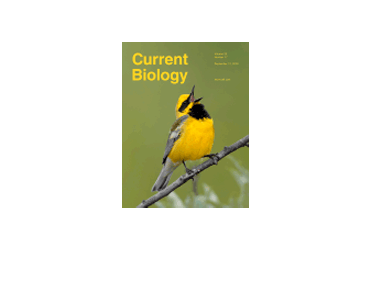Genome-Wide Association Study Reveals Multiple Loci Influencing Normal Human Facial Morphology. JR Shaffer, E Orlova, MK Lee, EJ Leslie, ZD Raffensperger, CL Heike, more…
Date: August 2016 Source: PLOS Genetics Abstract: Numerous lines of evidence point to a genetic basis for facial morphology in humans, yet little is known about how specific genetic variants relate to the phenotypic expression of many common facial features. We conducted genome-wide association meta-analyses of 20 quantitative facial measurements derived from the 3D surface…









